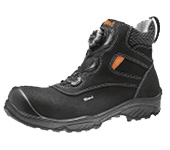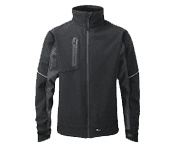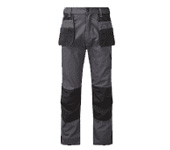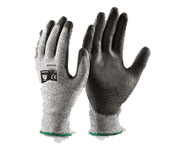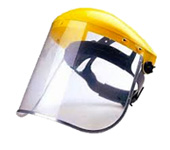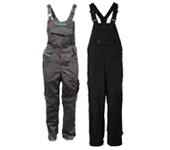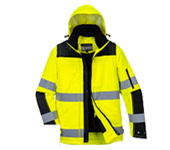Work Gloves European Standard Codes
Implies that the gloves comply with the basic requirements laid down by the EEC directive: Personal Protective Equipment
SIMPLE DESIGN
(CATEGORY 1)
For areas of ‘minimal risk’ where the effects of not wearing a glove are easily reversible or superficial. Such products are self-certified.
INTERMEDIATE DESIGN
(CATEGORY 2)
For areas of specific risk i.e. mechanical risks. Such products will have been EC type tested against European test methods and certified by a notified body.
COMPLEX DESIGN
(CATEGORY 3)
For areas/applications that can seriously or irreversibly harm the health. Such products, in addition to
the CE type test, will also have to be either produced under an approved quality system OR be type tested on an annual basis.
EN 388 – This standard applies to all kinds of protective gloves giving protection from mechanical risks, in respect of physical problems caused by abrasion, blade cut, puncture or tearing. This standard also covers risk of electrostatic discharge.
EN 374 – This standard specifies the capability of gloves to protect the user against chemicals and/or micro-organisms.
EN 511 – This standard applies to gloves which protect the hands against convective and contact cold.
EN 407 – This standard specifies thermal performance for protective gloves against heat and/or fire.
EN 659 – This standard defines performance requirements for gloves designed to protect fire fighters against heat and flames.
EN 421 – This standard lays down test methods and performance criteria for gloves offering protection against ionising radiation and radioactive contamination.
EN 455 – Medical gloves for single use
If a glove is to be used for food handling, it is required to carry either the words ‘for food use’ or this symbol.
Mechanical Hazards:
EN 388
Performance
Level
(a) Abrasion resistance 0-4
(b) Blade-cut resistance 0-5
(c) Tear resistance 0-4
(d) Puncture resistance 0-4
EN 511: Cold
Performance
Level
(a) Convective cold 0-4
(b) Contact cold 0-4
(c) Water proofness 0-1
Thermal Hazards:
EN 407
Performance
Level
(a) Burning behaviour 0-4
(b) Contact heat 0-4
(c) Convective heat 0-4
(d) Radiant heat 0-4
(e) Small splashes of
molten metal 0-4
(f) Large splashes of
molten metal 0-4
CONTACT HEAT
A sample is taken from the palm area of a glove. The outside of the glove is put on a hot surface and the temperature of the inside of the glove is then monitored. The temperature on the inside of the glove must take 15 seconds or more to rise by 10°C from room temperature.
EN 407 Contact Temperature Threshold Time
Performance Level °C Seconds
1 100 >15
2 250 >15
3 350 >15

